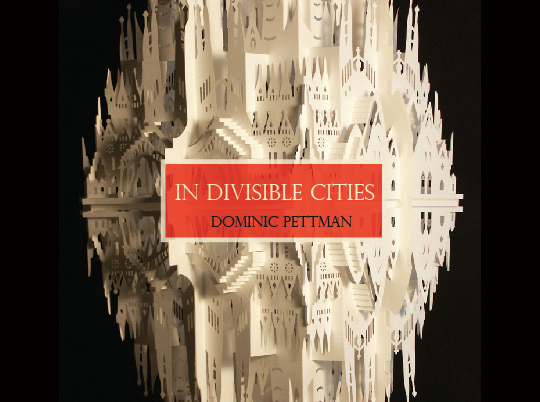Not only is translation front and center of what we publish as a journal, it also takes place behind the scenes. In February 2011, after the excitement of putting out an issue (and hearing from readers like Eliot Weinberger) subsided, we got to work on the Spring edition. Among our first tasks: launch a search for our next guest artist. The Japanese illustrator Kazunari Negishi submitted a cover on 10 Mar 2011. One day later, tsunami struck Mr. Negishi’s homeland. We had to make the decision as to whether Mr. Negishi would be the one to provide 14 illustrations in three weeks. There was another front-runner, with a good cover submission, ready and willing, who had English to boot. Mr. Negishi didn’t read English; Sayuri, our contributing editor, would have to translate the texts. “Work is good though, in times like these,” she offered. I hesitated one day before saying yes. In the end, under what must have been very difficult conditions for both Ms. Okamoto and Mr. Negishi, 14 stunning illustrations were produced that would make any magazine proud. Many well wishes poured in when our Spring 2011 issue went live, and not a few of them mentioned how much they love the artwork. Here to introduce the Spring 2011 edition (as well as the dispatch from post-3.11 Japan that Sayuri especially undertook to write) is Assistant Editor P.T. Smith.
The editor’s notes for Asymptote issues always point the reader in a direction, and for the Spring 2011 issue it was one of current events and counterpoints. Without research, the current events of that period can be hard to place. The connection between Sayuri Okamoto’s letters and the 2011 tsunami is called out directly, so that’s easy. After that it gets harder, but that’s only appropriate because, as is often the case, other links and other ways to read the issue as a whole develop. With this one, it’s memory, both its recovery and its absences. In Anthony Luebbert’s essay on A. R. Luria, he writes, “The curse of forgetting is our blessing and from whence our greatness springs. Out of the void, we create.” That creative act lives throughout the pieces in this issue, which play off each other and allow me come to my own thoughts on memory.
Asymptote came to life in the early days of my own entry into the world of translated literature. My first job after college was in an office where there was a rather light workload or maybe just lenient supervision. I have fond memories of printing off pieces from Words Without Borders, folding them up, putting them in my pocket, and heading off to the bathroom to get in some reading. In my memory, I did the same with Asymptote. But that can’t be the case: I’d already left the job by the time the journal launched. I enjoy this vaguery, this impossible overlap. READ MORE…


